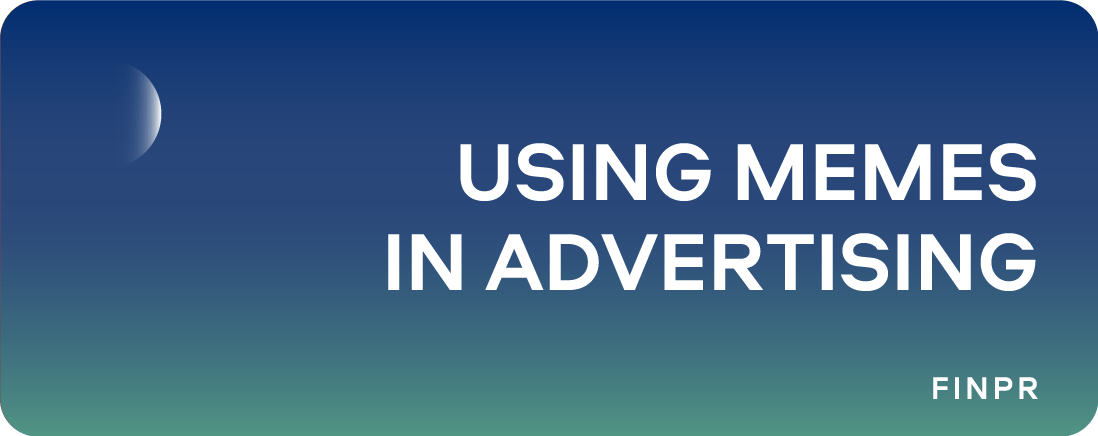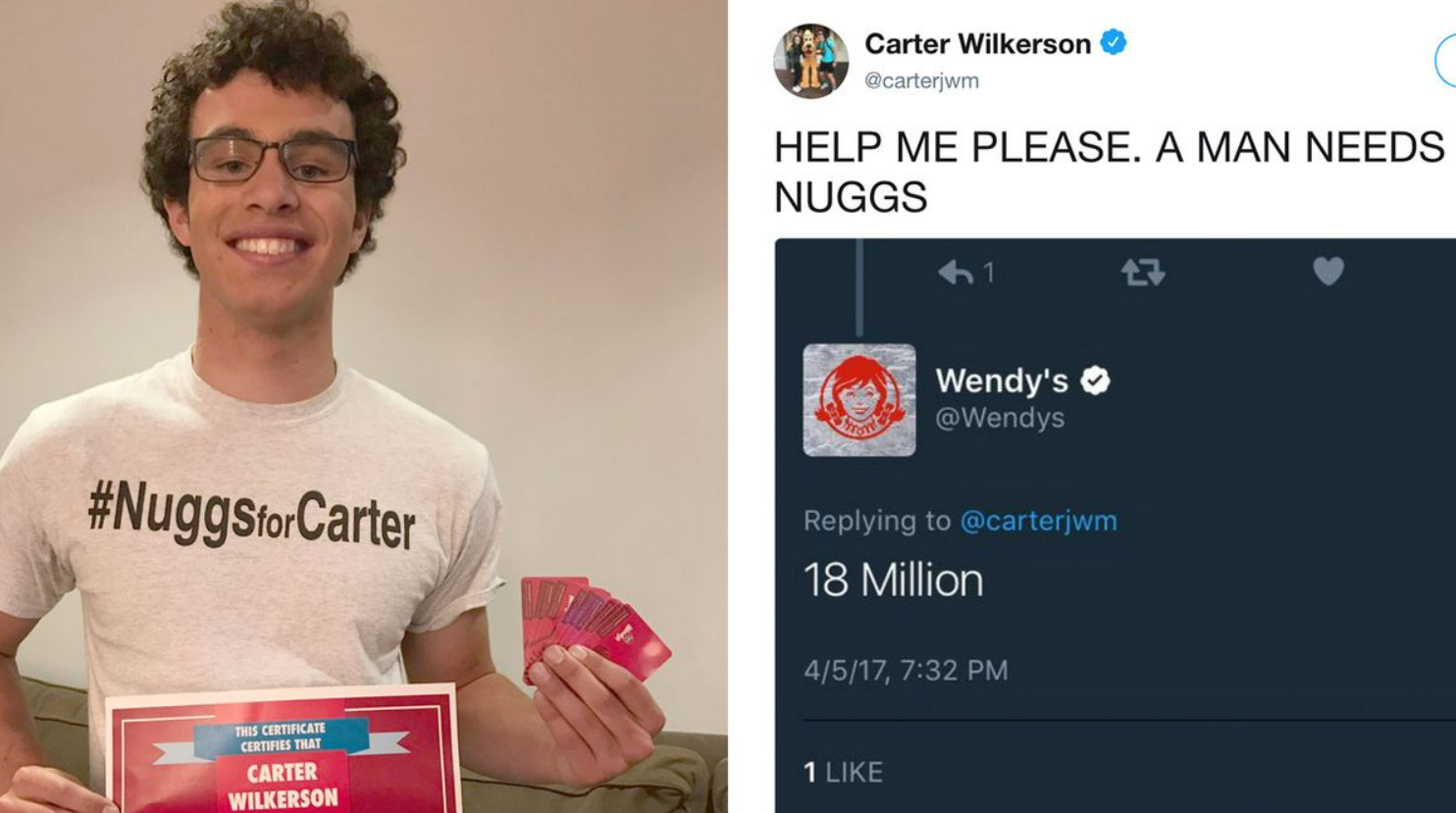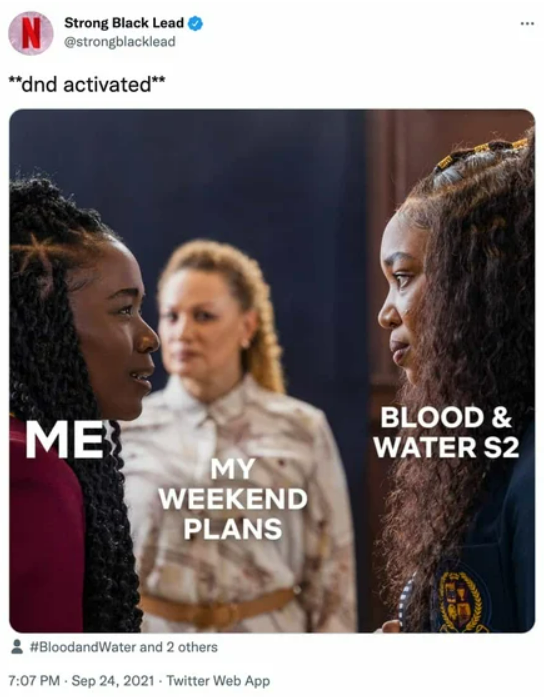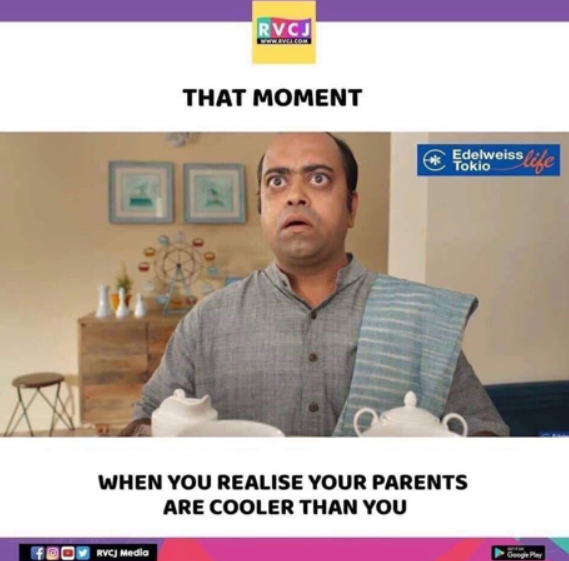
Memes are the modern-day cultural phenomena spreading like wildfire across the digital landscape. They come in various forms: from witty images to catchy phrases to hilarious videos. Today, they've become powerful tools for marketers, tapping into their wide appeal to connect with audiences on a deeper level.
By harnessing the humor and relatability of memes, brands can now speak the language of the digital natives, forging meaningful connections and driving engagement like never before. In this article, we'll explore how brands can leverage these internet sensations to captivate audiences, spark conversations, and ultimately, boost the bottom line.
The Appeal of Memes in Advertising
Memes naturally engage audiences through humor and familiarity, triggering psychological responses that can lead to a rapid spread across social networks. The humor often used in memes leads to increased endorphin levels in viewers, making the experience of viewing and sharing the meme enjoyable and memorable. Furthermore, the simplicity and relatability of memes allow them to resonate emotionally with individuals, fostering a sense of community and belonging among those who share and understand them. Properly implementing memes can be a driver of your public relations strategy.
Memes often feature common life scenarios or universal jokes that make them extremely relatable to wide audiences. This relatability boosts their likelihood of being shared, as people are more inclined to spread content that reflects their own experiences or that they think others will find amusing or pertinent. For advertisers, using relatable memes can mean the difference between content that goes viral and content that fizzles out. It can be an element of a planned marketing campaign like a public relations stunt phenomenon
Successful Meme-Based Advertising
#1 Wendy's

In 2017, a tweet from a teenager asking Wendy's how many retweets he needed to get free chicken nuggets for a year went viral when Wendy's responded "18 million." The hashtag #NuggsForCarter became a meme in itself, spawning significant media coverage and ultimately becoming the most retweeted tweet at the time. Wendy's leveraged this by engaging with other users, boosting their brand visibility and likability through a humorous, community-driven challenge.
#2 Netflix

Netflix uses memes to create buzz around new releases and ongoing series. By generating memes related to its content, Netflix not only participates in ongoing conversations but often helps steer them. This strategy not only ensures high engagement rates on posts but also deepens the audience's connection to the content, making it feel more like a cultural touchstone rather than just another show or movie.
#3 Google Maps

Google Maps launched a timely meme around the start of pumpkin spice season, cleverly reminding users of its primary function in a light-hearted manner that aligned with the seasonal trend.
#4 Edelweiss Tokio Life Insurance

Edelweiss Tokio Life Insurance used meme marketing for their "Thoda Aur Khayaal" campaign, combining humor with an emotional appeal to make the idea of investing in insurance more relatable and engaging for younger audiences
Platform-Specific Strategies for Meme Marketing
In the diverse landscape of social media, each platform has its unique attributes and user behaviors. Tailoring meme content to fit these characteristics can significantly enhance the effectiveness of meme-based advertising campaigns.
Facebook's user base is broad, including a range of age groups and demographics. The platform supports various content formats including images, videos, and longer text posts.
- Use Multi-Format Memes: Combine images, videos, and text to appeal to diverse user preferences on Facebook.
- Focus on Universal Appeal: Create memes that resonate across age groups, using common cultural references or widespread humorous scenarios.
- Encourage Sharing with Family and Friends: Design memes that users will want to share with personal networks, enhancing organic reach.
Instagram is a visually-driven platform favored by younger demographics, particularly Millennials and Gen Z. The platform is ideal for photo and short video memes, including stories and reels.
- High-Quality Visuals: Prioritize the aesthetic quality of memes to match the visually-conscious audience of Instagram.
- Use Stories for Timely Content: Take advantage of the ephemeral nature of stories to post timely, relevant memes that engage viewers in the moment.
- Interactive Features: Employ polls, quizzes, and other interactive tools in stories to encourage viewer interaction and increase engagement metrics.
X (Twitter)
X (Twitter) is fast-paced, with a premium on real-time updates and sharp wit. The platform is highly text-centric, though images and videos are also effective.
- Timeliness is Key: React quickly to current events with relevant memes to capitalize on viral trends.
- Engage Through Humor and Banter: Use the conversational nature of the platform to engage with users and other brands through humorous exchanges.
- Hashtags and Retweets: Use relevant hashtags to increase the visibility of meme posts and encourage retweets for greater reach.
Reddit marketing includes using many niche communities (subreddits) that have specific interests, humor styles, and in-jokes.
- Subreddit-Specific Content: Tailor memes to the interests and humor of specific subreddits to foster community engagement.
- Authenticity Matters: Focus on genuine interaction within communities rather than overt marketing; Redditors prefer subtlety and despise blatant self-promotion.
- Long-Form Video Memes: Leverage Reddit’s preference for in-depth content by creating longer-form video memes or series that can generate ongoing engagement.
TikTok
TikTok is dominated by Gen Z and thrives on video content that is creative, dynamic, and often set to music.
- Trend Participation: Jump on emerging trends by creating memes that use popular songs or challenges.
- Collaborate with Creators: Partner with TikTok influencers who can craft memes that resonate authentically with their followers.
- Loopable Content: Design videos that are engaging both as standalone clips and when viewed on repeat to maximize watch time and engagement.
Integrating Memes into Your Overall Marketing Strategy
- Holistic Brand Messaging: Ensure that memes complement the broader brand message and campaign themes. Memes should not stand alone but rather be a part of the overall narrative the brand is communicating across all channels.
- Coordinated Campaign Launches: Integrate memes with product launches or promotional campaigns to maximize impact. For instance, use memes to generate buzz before a launch and maintain engagement post-launch with follow-up meme content.
- Strategic Placement: Incorporate memes into email newsletters, websites, and physical advertising spaces (like billboards or public transport ads) where appropriate. This can surprise audiences and deepen engagement through multi-touchpoint exposure.
- Feedback Loop: Use audience reactions and engagement metrics from memes to refine broader marketing strategies. Audience feedback on memes can provide valuable insights into what content resonates and can influence future marketing decisions.
In Conclusion
Continuously monitor trends and be ready to pivot or update meme campaigns quickly to maintain engagement and relevance. Use memes as part of a broader array of content types and marketing strategies to maintain a balanced brand image.
When used effectively, memes are not just a tool for engagement. They are a means of embedding a brand into the cultural conversation, thereby building a lasting relationship with the audience.




